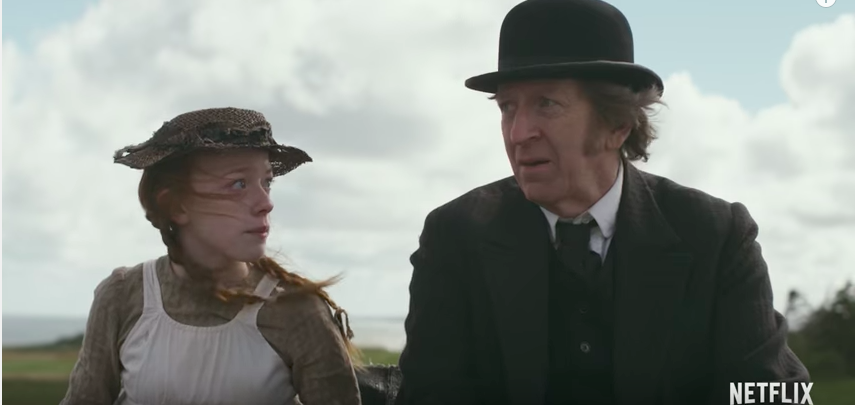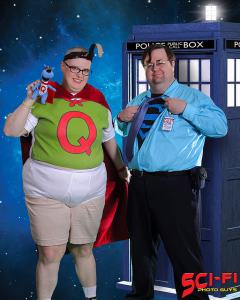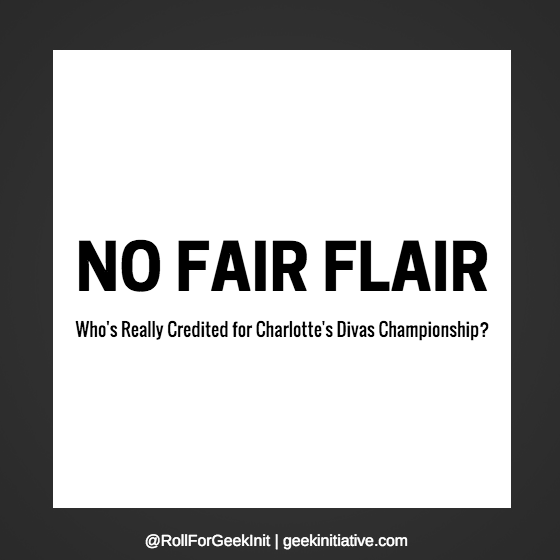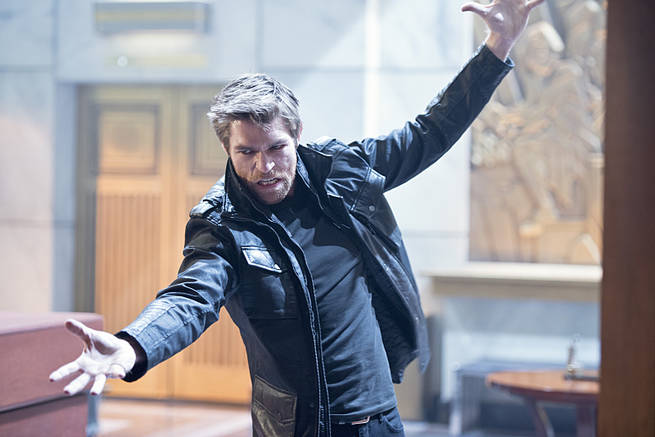“Anne with an E” was not created for me or fans of L. M. Montgomery’s book series or the fans of Kevin Sullivan’s 1985 adaptation. “Anne with an E” brings Anne to a new generation of girls who need her. Moira Walley-Beckett’s “Anne with an E” isn’t for me, but I’ve still learned something from it now that I’m done with the first season.
Note: This post contains light spoilers. Content warning for discussion of abuse, suicide, bullying, and grief.
That was hard to write.
I’m 36, and my life situation and my body work in such a way that I do not have a daughter to watch this series with as my friends do, or as my mother and grandmother were able to share “Anne of Green Gables” with me. In Matthew Cuthbert’s death I grieve for my grandfather, and Marilla Cuthbert’s practicality and compassion remind me of how much my grandmother liked her.
As a kid, I really indulged in media in a way that we now describe as being geeky – really enthusiastic about any given subject matter. “Anne of Green Gables” was one of these indulgences, but what made Anne herself different was the fact that she had the very same habit of becoming a subject matter expert or devoting herself to fantasy. And while my Grammy tolerated all of my obsessions from all things Anne to “Jurassic Park” to “Thor,” the “Anne” series was something she was happy to watch more than once while I stayed at my grandparents’ house.
For me, “Anne with an E” is about grief and letting go. It’s saying goodbye to an inner child who had a lot of hopes; saying goodbye to my grandparents; and looking at the world as it is instead of how I’d like it to be.
There are plenty of other reviews on much more notable and prestigious websites available to offer you comparisons and disappointments. (Moira Walley-Beckett, as it turns out, read the first “Anne of Green Gables” book multiple times, but never viewed the Sullivan version.) I didn’t find the series better or worse than the books or the Sullivan adaptation, just different. Given that, here are some facts you should know if you’re considering whether to invest your own time in the series – and this can also help you determine whether it is appropriate for the young person in your life.
I am not a parent, but I would not recommend this for your family if you haven’t talked about sexual health and mental health with your child yet.
- Anne and several other characters experience trauma, PTSD-consistent flashbacks, and grief in a way that was common in that era.
- Anne has difficulty adjusting and understanding what is normal and appropriate; due to her experience with the Hammonds, for example, she commits a faux pas by talking about sex to a captive audience of her female peers, and also loosely describes rape as a normal occurrence.
- A significant portion of Anne’s journey means saying goodbye to fantasies, people, and her expectations of others (in positive and negative ways).
- Anne gets her period and immediately thinks she’s dying. As Mrs. Hammond was usually pregnant and Marilla is post-menopausal, she has no context for this and hasn’t observed women washing blood-stained cloths on a regular basis.
- Green Gables and the surrounding Avonlea community deal with chronic illnesses and conditions. People die. One considers suicide. At certain points, Anne herself may be considering suicide.
- The mouse is set up as a euphemism for death/silencing of women’s voices and penises – and we haven’t even gotten to finding a dead mouse in the pudding yet.
- Diana’s wealthy aunt is likely a lesbian forced to mourn her lover in private. This is set up as a parallel to Anne and Diana’s friendship, though Anne and Diana’s relationship is presented platonically.
- Anne experiences vivid flashbacks depicting physical, verbal, and emotional abuse. She is bullied in flashbacks and in school.
- Anne comes with a great deal of self-esteem and self-image issues, further explored during her confrontation with Rachel Lynde.
- The cutesy show intro and song do not really go with the show at all, nor does the upbeat music from the trailer.
- Anne often says she can do anything a boy can do – and better – and then lives up to her word.
- The series contains more deliberate commentary and lectures on feminism and the education of girls.
- This show is rated G in Canada and PG in the United States.
On the last point, the show identifies a very important problem, especially among women like me who grew up loving the series. There’s a big difference between talking about social justice and doing, and many of the women in the series place importance on educating women – but when presented with an opportunity to help an orphan succeed, they shun her along with her family.
Many of the show’s most important moments occur between women: girls including and excluding each other, older women joking about pregnancy and menstruation, and gatherings of women to discuss opportunities for girls. It’s clear that most men in Avonlea are good people, but that they conduct their business within a framework of patriarchy upheld by religious and political beliefs prevalent in their time and place.
At one point in the series, Anne travels to town. She’s street smart, having been an orphan, and very practical – but Marilla sends Jerry (the hired farm hand) with her because she worries for Anne’s safety. In this case, some of the things that haven’t changed in North American culture are just as poignant as the many things that have.
It’s easy to always assume Anne is an empathetic character. She reads voraciously, talks and listens, and has been through a great deal of trauma. When Gilbert loses his father, however, Anne momentarily makes his grief her own, and doesn’t understand why Gilbert is offended. Yes, Anne has a trauma and marginalization as a result of being an orphan, but their situations are quite different – and only in understanding that is she able to move forward in her friendship with him. The value of empathy is exceptionally relevant to young people.
Walley-Beckett boldly takes steps beyond the books to expand on secondary characters’ stories and experiences in ways that enrich the tale and the characters’ relationships with Anne. This is especially the case concerning Marilla, Matthew, and Gilbert. While many dislike this, I find it to be the most appealing trait of the series. It’s watching the same story, simply told by a new storyteller.
For all its realism and merit and contemporary, woman-forward thinking, the show isn’t for me. But like comic books with heroes who change to suit the times or become irrelevant, the show is not intended for its original TV audience.
It’s intended for their kids.
What did you think of “Anne with an E,” Season 1 on Netflix? Leave your comments below.





